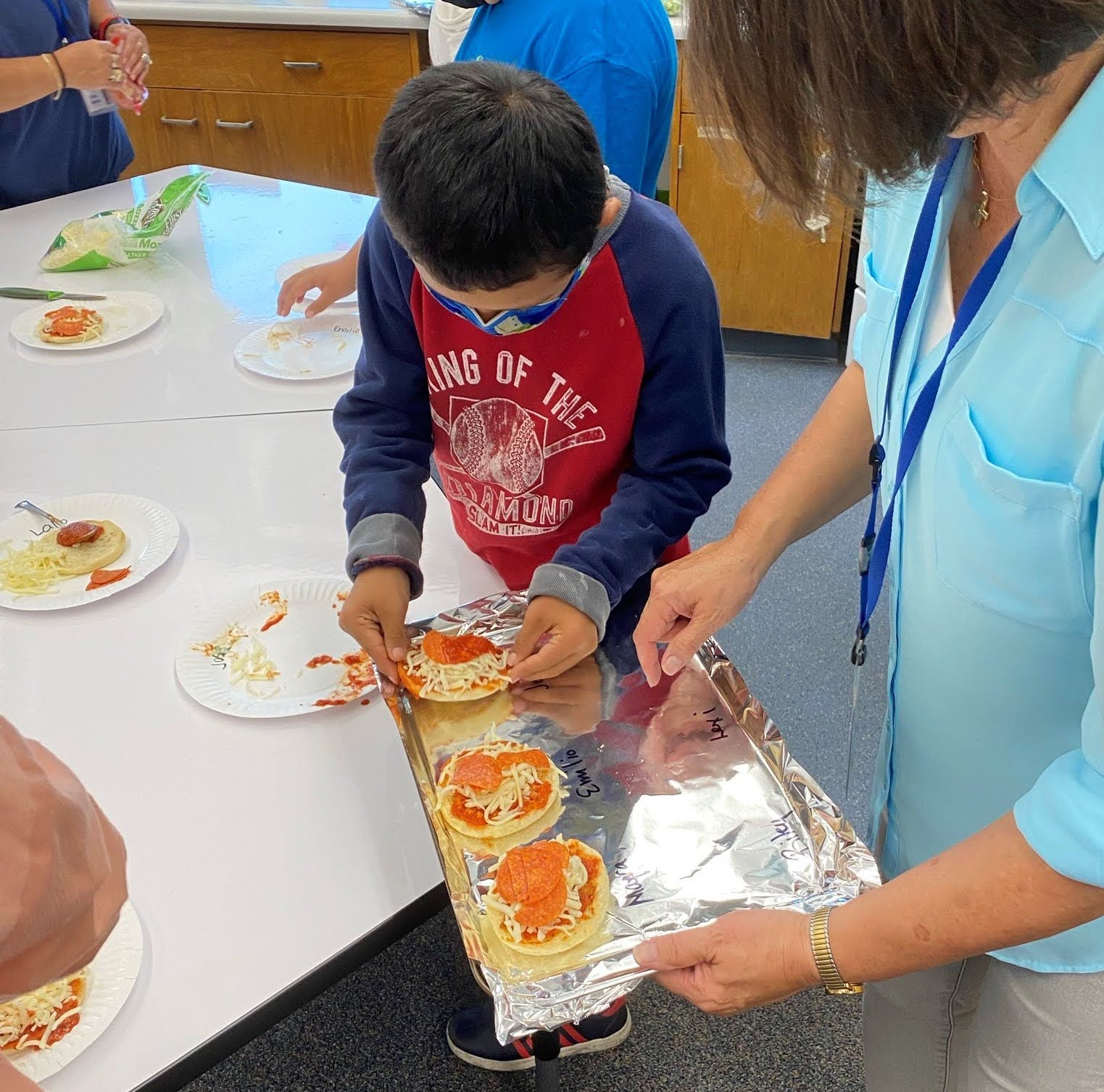
"I want to be a special education teacher."
Our special education program provides you with an Education Specialist Instruction Credential, specializing in either mild to moderate support needs or extensive support needs (formerly moderate/severe disabilities). This credential authorizes you to provide instruction and special education support to students with disabilities, as well as conduct educational assessments related to student’s access to the academic core curriculum and progress towards meeting instructional academic goals.
Which Specialization Should I Get?
Mild to Moderate Support Needs
(Previously Mild/Moderate Disabilities)
Address the educational and social needs of students with specific learning disabilities, mild to moderate intellectual disabilities, and emotional and behavioral disorders.
Choose this specialty area if you want to:
- Foster academic success for students with specific learning needs
- Provide support and instruction in many academic areas
- Co-teach and collaborate with general education teachers on student supports
- Work closely with families and service providers on student-centered teams
Extensive Support Needs
(Previously Moderate/Severe Disabilities)
Address the educational and social needs of students with autism, developmental or intellectual disabilities, and emotional and behavioral disorders.
Choose this specialty area if you want to:
- Promote student independence by teaching daily living skills
- Provide instruction across skill areas, such as academic, social, and recreational skills
- Collaborate with general education teachers and a team of paraprofessionals
- Work closely with families and service providers on student-centered teams
Community
The ESC program works to provide our candidates with both the values and strategies they need to see themselves as change agents in today's schools. We strive for inclusive, meaningful life outcomes for students with disabilities and that value is at the center of all of our decision-making. Our mission is to prepare educators who will:
- Contribute to creating a more inclusive society so that individuals with disabilities can become contributing members of society.
- Promote inclusion of all students by fostering positive attitudes within schools towards students with disabilities.
- Provide best practices, support, and instruction for students with moderate/severe disabilities and to provide positive, non-aversive, effective behavioral interventions for students with challenging behaviors to maximize their potential
- Understand the most recent research practices for best teaching and value, understand, keep updated on new research and understand the value of action research to evaluate their own instruction.
- Work in collaborative teams with other professionals, families of students with disabilities to form positive partnerships.
- Work on interdisciplinary teams and manage classrooms with paraprofessionals and volunteers.
- Be advocates for their students.
- Have an understanding of broader issues of policy and organization related to individuals with disabilities and respond to the cultural and linguistic context of their students.
- Maximize their resources by utilizing available supports, such as peer tutoring, volunteer training, training families, assistive technology, self-management, in order to realize the goal of genuine self-individualization.
Placements
In your student teaching placements, you will be on local school campuses from the first day of school until the last. Our special education program has two placements throughout the academic year. The Teacher Education Program secures placements through our strong partnerships with these schools. Your student teaching will be at a school in Santa Barbara, Carpinteria, or Goleta. Throughout your student teaching, you will be mentored and supported by a university supervisor and a cooperating teacher, many of whom are graduates of our program.
Your first placement takes place over 15-16 weeks, starting on the first day of teacher reporting and culminating at the Winter Holiday (August-December). You will be placed in a classroom ranging from Kindergarten to Postsecondary. During this placement, you will start with observation and work towards gradually taking on portions of classroom instruction.
In your second placement, you will move grade levels from your first placement to provide you with a range of experiences you can anticipate as a special education teacher. Your second placement will run from January-June and consists of two 10-11 week blocks. During the first 10-11 weeks, you will continue student teaching part-time. During the second 10-11 weeks, you will be in schools four days a week for the full school day. Your second placement culminates with a multi-week transition of leadership from the cooperating teacher to the teacher candidate.
Below is a snapshot of what a typical week could look like during the Fall quarter:
| MONDAY | TUESDAY | WEDNESDAY | THURSDAY | FRIDAY | |
|---|---|---|---|---|---|
| 7:30-12:00 | K-12 schools | K-12 schools | K-12 schools | K-12 schools | UCSB (9:00-12:00) |
| 1:00-3:50 | UCSB* | K-12 schools | UCSB | UCSB | |
| 4:00-6:50 | UCSB | UCSB* |
*Class occurs every other week
For a more detailed view, you can view our previous year's calendar. This should be used as general reference only: all course dates and times are subject to change.
- Summer 2024 (MM) (ESN)
- Fall 2024
- Winter 2025
- Spring 2025